After almost a decade under Jurgen Klopp, Liverpool will be under the leadership of another coach in Arne Slot next season. So how are they likely to play?
I knew at some point I’d be writing about a new Liverpool coach after Jurgen Klopp, but I’m still gutted to be doing it.
In addition to the results and the warm memories, Klopp has delivered some absolutely sensational football in the past nine years. The personnel, shape and the patterns of play have all shifted over time, yet they’ve been underpinned by principles that are tough to beat and a joy to watch.
He’s been the perfect man for the Liverpool job.
Arne Slot is a different manager, with different ideas. Yet there are similar principles to his coaching that make him a great fit for Liverpool.
Intensity
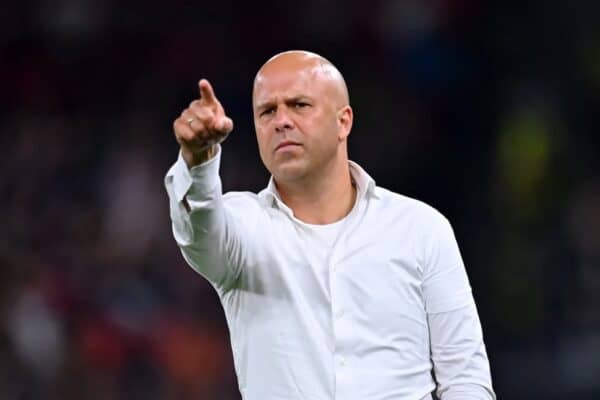
Intensity has been Liverpool’s identity for almost a decade. The relentlessness of the Reds’ work off the ball has paid huge dividends, as well as accurately reflecting the city and fanbase the team represents.
Slot cites Klopp as one of his influences, and you can see it in his team’s approach out of possession.
According to Opta data, Feyenoord have become more aggressive and more effective out of possession year-on-year since Slot took over in 2021.
But it’s not just running for running’s sake. Feyenoord are superbly well-drilled, with each player clear on their job and their triggers. It allows them to be bold in their approach.
Here’s an example from a game against PSV Eindhoven, their Eredivisie title rivals.
As soon as the defender receives the ball from his ‘keeper, Feyenoord’s winger Yankuba Minteh is on him. But as he does so, his colleagues in midfield are locked onto the PSV midfielders in a player-for-player press.
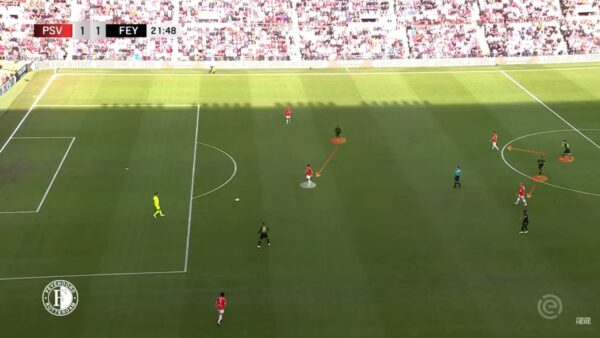
With no free man to pass to, the defender is caught in possession, setting up an easy finish for Minteh.
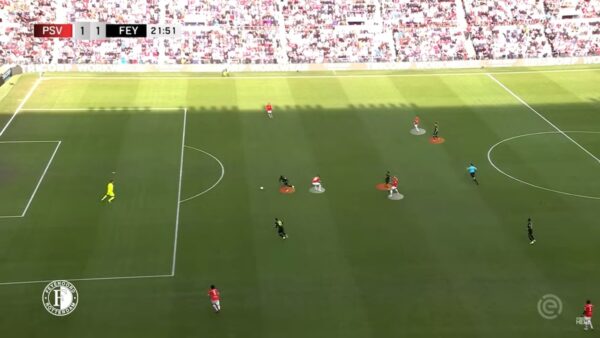
We can clearly see the preparation for this goal on the training pitch.
But it’s also a reward for risk. Matching up player-for-player means that if one person loses a one-on-one, the whole shape is vulnerable.
Control
At its best, Klopp’s Liverpool team controlled games by dominating without the ball. Teams were unable to create chances, and were vulnerable to quick breaks in return.
Slot’s Feyenoord, as we know, are similarly front-footed against the ball. But in order to win titles – as Feyenoord did in 2022/23 – teams must also have control with the ball.
Another of Slot’s noted inspirations is Pep Guardiola, specifically the way in which his teams create space.
Feyenoord have a superb structure, but the players are also constantly interchanging, making dynamic runs to receive and play short passes.
Where Liverpool are likely to play forwards quickly and then squeeze up with the counter-press, Slot prefers a more patient buildup. The intention with his teams is to have an overload in every phase when playing out from the back.
They begin with the two centre-backs splitting, and the right-back inverting to form a double pivot with the No. 6.
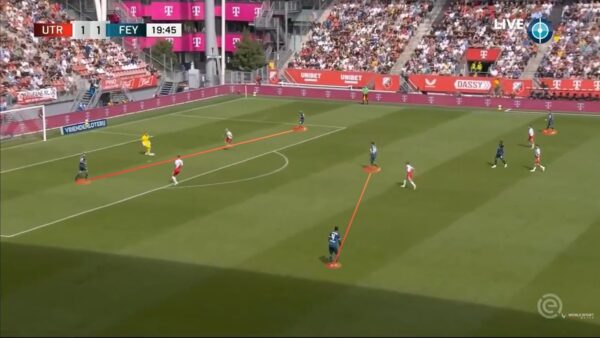
The left-back is slightly higher up the pitch and can either invert to overload the midfield or push up to rotate with the left winger.
Either way, as play progresses, a third player drops into the midfield to show for the ball.
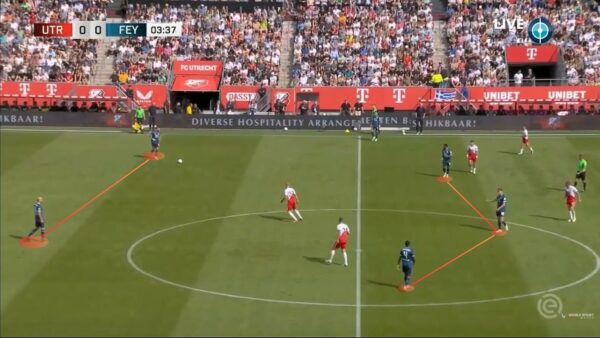
In the attacking third, the wingers stay high and wide and the advanced midfielders push up to create a 2-3-5 shape.
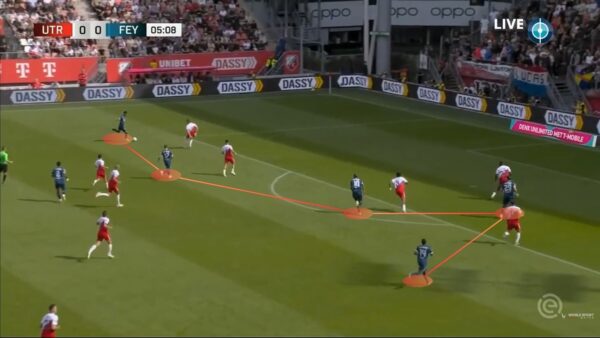
This ensures that every zone in the last line is covered, and there’s a three in midfield to stay compact and counter press if needed.
Even better, using the full-backs in these deeper central areas mean they have less ground to cover when tracking back to defend counter-attacks.
It gives them more control over the game – something Klopp’s best Liverpool teams had, and the current setup struggles with.
Flexibility

While Slot has clearly defined structures in his team, there’s also a promising degree of flexibility.
For example, the No. 8s are usually advanced in that 2-3-5 shape we discussed earlier, but if one of them wants to drop deep to get on the ball and drag the opposition’s defence out of shape, they can.
The full-back or winger on that side will simply move into the space and retain the shape.
This combination of structure and flexibility allows Feyenoord to play shorter, quicker passes, controlling the tempo of the game whilst also keeping players close enough to have a narrow counter-press if the ball is lost.
Liverpool have been known to use a ‘flexible triangle’ on the right, with the full-back, midfielder and winger free to rotate.
Similar to a coach like Guardiola or Ange Postecoglou, Slot takes these triangles to another level, decoupling the opposition block and creating space to attack.
Adaptability
Slot will also adapt to his opponent. The pressing example against PSV earlier was a 4-4-2 shape tailored for PSV’s buildup structure, which uses two centre-backs.
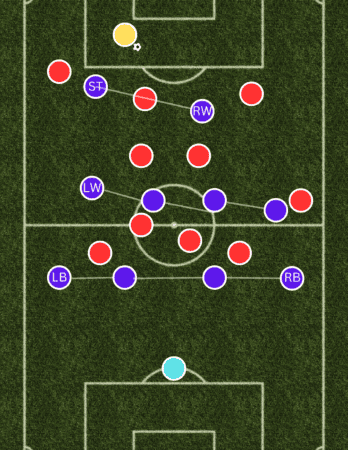
But against Roma in the Europa League, Feyenoord were up against a back three.
To combat this, Slot had his wingers invert to press the outside centre-backs. His full-backs then had to push up to aggressively mark Roma’s wing-backs, while his No. 10 dropped deeper to mark Roma’s No. 6.
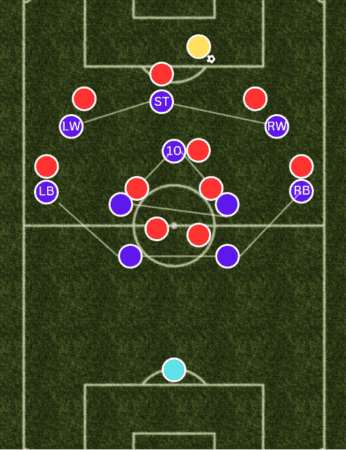
While Feyenoord lost that game, they were effective in stopping Roma building out from the back, forcing them to play more directly and taking the game to extra-time.
Liverpool 2.0 has thrived on tactical tweaks and game-changing substitutions that solve problems in-game. Slot is inheriting a versatile squad and he is adaptable enough to maximise their talents.
How will his Liverpool team look?
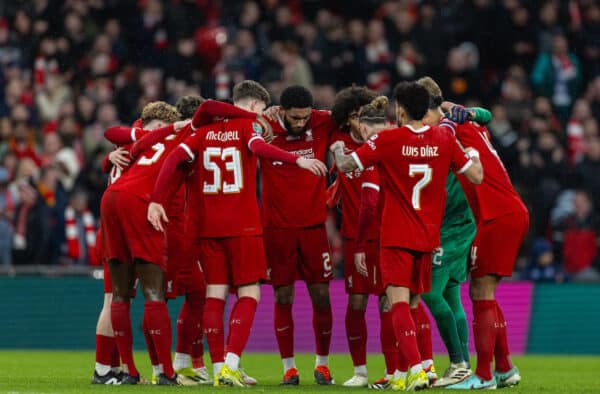
Trent Alexander-Arnold at right-back. Slot is used to inverting his right-back and pushing his left-back up the pitch, which is what Alexander-Arnold and Andy Robertson have been doing recently anyway.
Joe Gomez has also inverted from left-back at times this season, so we could see him used to create that midfield three with Alexander-Arnold and a No. 6.
Similar to Liverpool’s 4-3-3, there’ll be one No. 6 and a defensive-minded No. 8, as well as a more offensive midfielder.
Alexis Mac Allister could find himself continuing in the No. 6, though with a different structure that provides him a little more compactness and cover defensively.
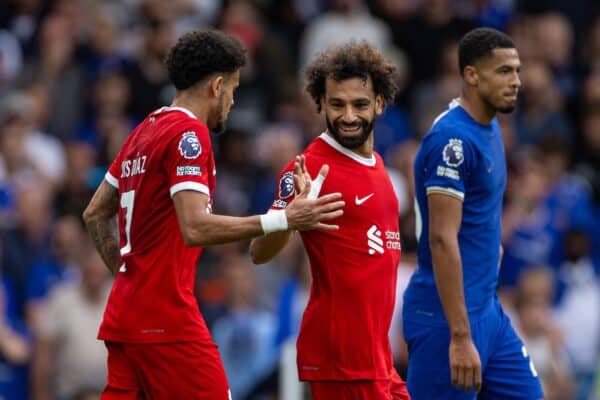
Slot loves wingers. His wingers stay high and wide, they are the ones overloading the last line.
This means they get the ball in one-on-one situations as much as possible. He used Luis Sinisterra to great effect at left wing as a ball-carrier and he’ll love working with Luis Diaz – but I’d also expect to see Cody Gakpo mostly played out wide rather than through the middle.
Slot often substitutes his wingers because he asks so much of them during games, so there’ll be plenty of minutes for Liverpool’s forwards.
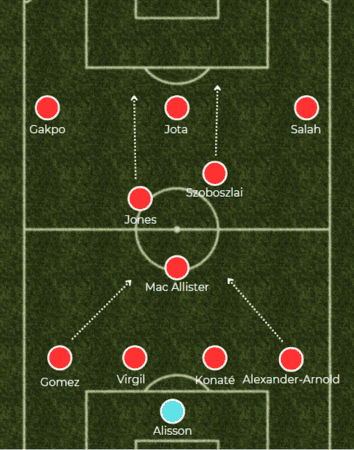
Mo Salah‘s game has evolved in recent seasons. He’s less of a dribbler and he takes on his defender less, preferring to unlock defences with his passing and movement.
He can definitely do that from the wing, but Slot might also see him as an option more centrally to get the most out of him.
Things are going to be different under the new man, this much we’ve known for a long time.
But while we wait for him to arrive, there are reasons to be optimistic that he’ll slot right in at Liverpool.
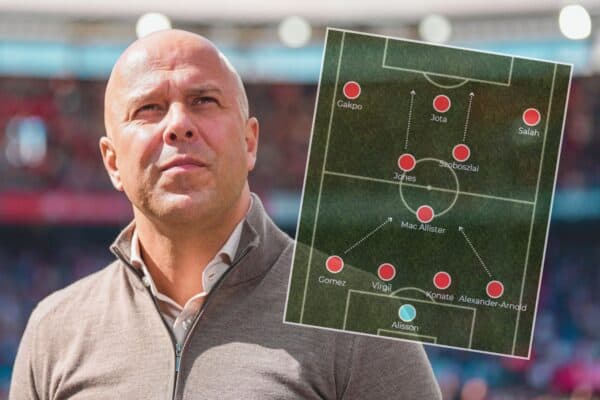



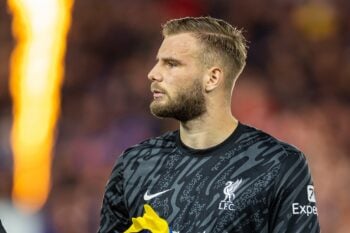



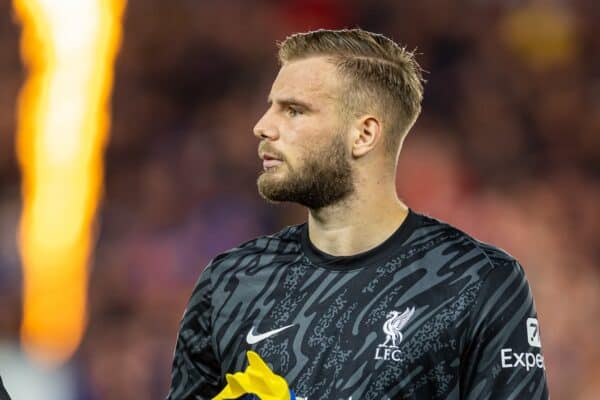




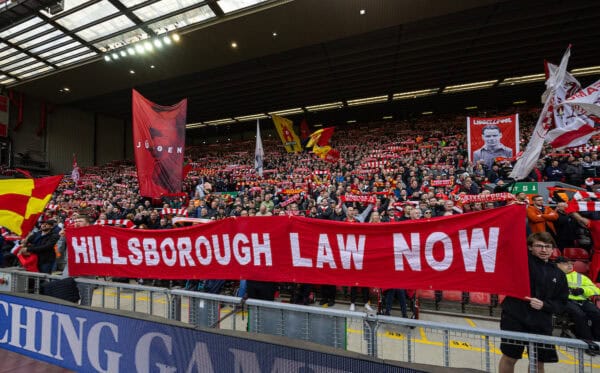

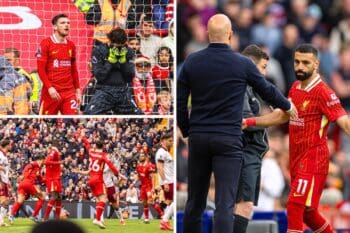


Fan Comments